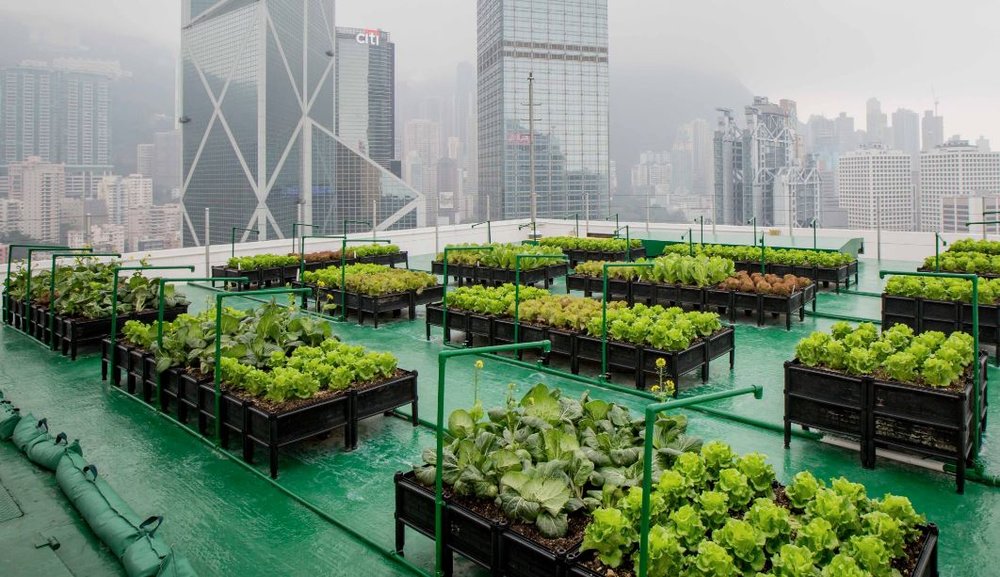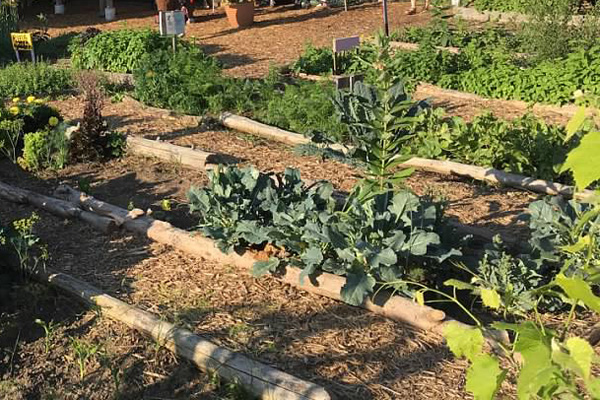How City Blooming can Save You Time, Stress, and Money.
Table of ContentsThe 6-Minute Rule for City BloomingSome Known Details About City Blooming See This Report about City BloomingThe Only Guide for City BloomingThe Best Guide To City Blooming
Fascinated in growing food for sale in the City of Chicago? Below is a checklist of frequently asked concerns regarding the guidelines and laws that farmers ought to take into consideration when planning a metropolitan farming project.
The zoning change does not change any type of various other codes handling composting, structure permits, buying or renting City owned residential property, company licenses or environmental contamination. There are existing codes that regulate these concerns and they continue to be in complete result and might be relevant to your job. Community yards are typically had or handled by public entities, public companies or community-based organizations and preserved by volunteers.
Urban ranches expand food that is meant to be offered, either on a not-for-profit or for-profit basis. Due to their industrial purpose, metropolitan farms require an organization certificate.
Fascination About City Blooming
Composting is allowed yet just for plant material that is created and made use of on site. The quantity of compost material can not go beyond 25 cubic lawns at any offered time according to the criteria in 7-28-715 of the City's Municipal Code. Yes. Due to the fact that the soil at most new garden sites requires modifying, compost, dirt, wood chips, or various other materials can be acquired to build or enhance the expanding space - landscaping.

If a building authorization is required then the hoophouse will certainly be taken into consideration an accessory building. You can figure out more concerning the building authorization requirements by getting in touch with the Division of Buildings. The 25,000-square-foot dimension limitation is intended to prevent a solitary neighborhood yard from controling an offered block or interfering with the block's existing property or commercial character.
The limit does not use to yards located in Public Open Space (POS) districts. Can there be even more than one area garden that is 25,000 square feet on a solitary block? Fencing is not required, however, yards that have huge parking areas might be called for to install fencing or other landscape design features.
Some Known Factual Statements About City Blooming
B1 & B2 districts call for that all industrial use activities be performed inside. R areas limit industrial task. The regulations reflect the purpose and intent of the Zoning Code. Is secure fencing needed for metropolitan ranches? Yes. Fencings may be required, in addition to landscape design and testing, for specific auto parking areas and outside job or storage areas depending upon area and the certain activity happening.
Yes. Urban ranches need building permits and zoning approvals prior to building and construction. Other forms of city review might be needed depending upon details structures, tasks, dimension, landscape design, licensing, public health and stormwater monitoring issues. A lot of these requirements are recognized in the project design or allowing process, nevertheless, the candidate may be accountable to independently determine details licenses or allows that might be needed.
Yes. The kind of license is figured out by what is happening at the site. The Division of Business Affairs and Customer Defense can assist establish the specific sort of organization license that's required. Yes. Off road auto parking is required for many business tasks in Chicago. The called for number of garage is based upon the number of employees dealing with website and not the square video of the growing space.
The smart Trick of City Blooming That Nobody is Discussing

A metropolitan farm can sell garden compost product produced on site, however, the procedure has to abide with the laws in 7-28-715 of the Chicago see page Municipal Code. Aquaponic systems are permitted inside your home on metropolitan farms in numerous zoning districts.
Up to five hives or colonies of honey may be kept as an accessory use. Beekeepers must sign up with the Illinois Division of Agriculture. To find out more regarding the suggested zoning modification you might get in touch with the Department of Real Estate and Economic Development, Bureau of Preparation and Zoning at 312.744.8563.
Farming in cities and metropolitan areas A city farm in Chicago. Urban agriculture refers to different practices of growing. https://triberr.com/cityblooming, handling, and distributing food in urban locations. The term additionally uses to the area activities of pet husbandry, tank farming, beekeeping, and gardening in a metropolitan context. Urban agriculture is identified from peri-urban farming, which takes location in rural areas at the side of residential areas.
Facts About City Blooming Uncovered
, who seek to create social networks founded on a common ethos of nature and neighborhood holism. These networks can create by way of official institutional assistance, becoming incorporated right into local town preparation as a "change town" motion for lasting city development.
The much more straight accessibility to fresh veggie, fruit, and meat items that might be realised through metropolitan farming can boost food protection and food safety while decreasing food miles, causing reduced greenhouse gas discharges, therefore adding to environment adjustment reduction. Some of the first evidence of city farming originates from Mesopotamia.